Optimal Seasons for Fence Repairs
Fence repairs are most effective and durable when performed during specific times of the year, depending on climate and weather conditions. Optimal periods typically include late spring and early fall when temperatures are moderate, and there is minimal risk of extreme weather events. Conducting repairs during these times can extend the lifespan of the fence and reduce the likelihood of future issues.
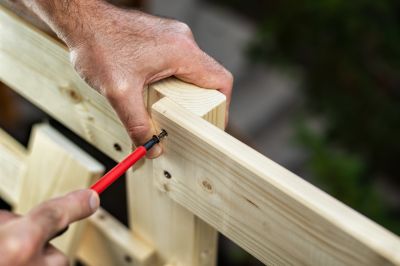
Spring offers mild weather ideal for fence maintenance and repairs, ensuring materials set properly.
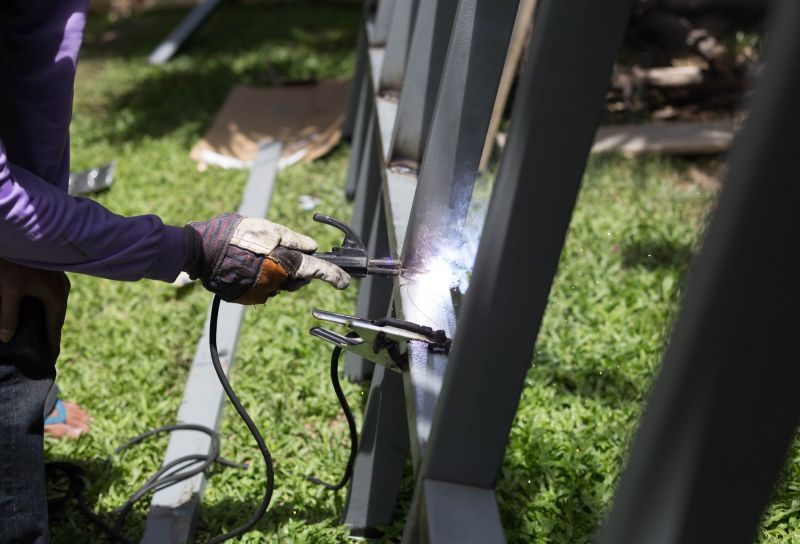
Summer's longer daylight hours facilitate repairs, but caution is needed to avoid heat-related issues.

Early fall provides cooler temperatures and less rain, making it suitable for fence restoration.
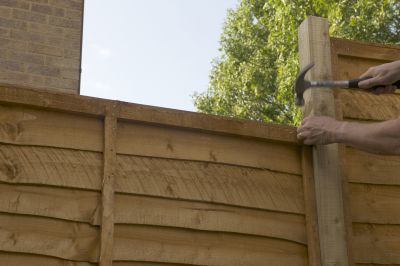
Ways to make Fence Repairs work in tight or awkward layouts.
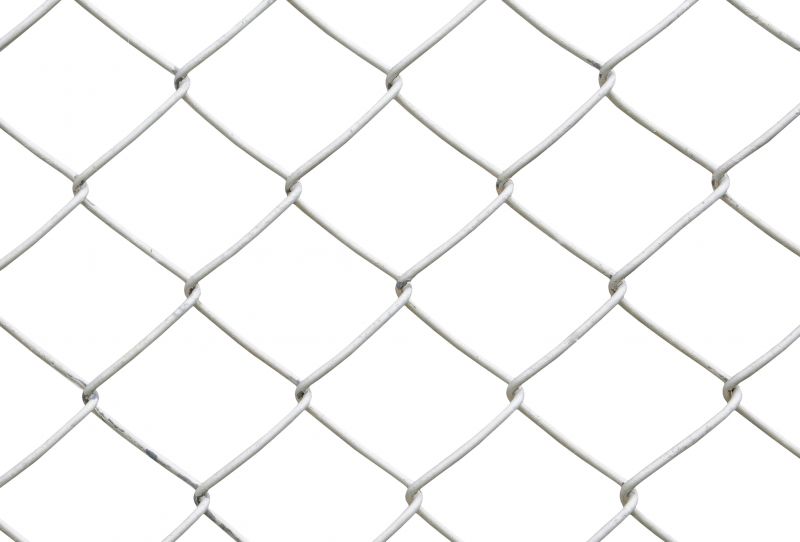
Popular materials for Fence Repairs and why they hold up over time.
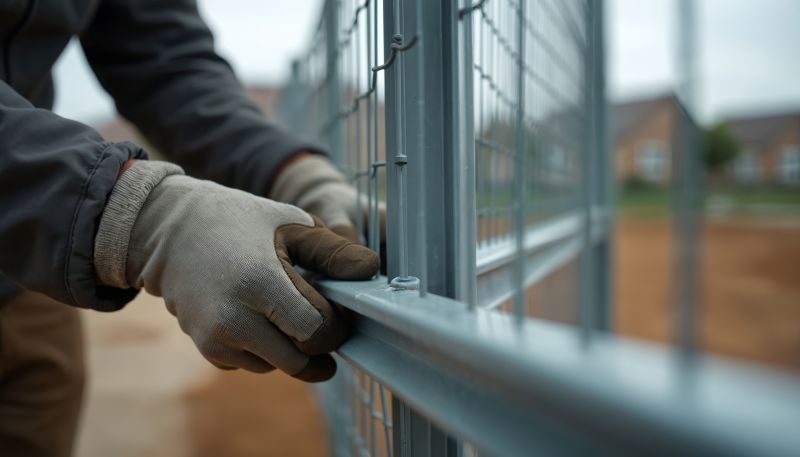
Simple add-ons that improve Fence Repairs without blowing the budget.
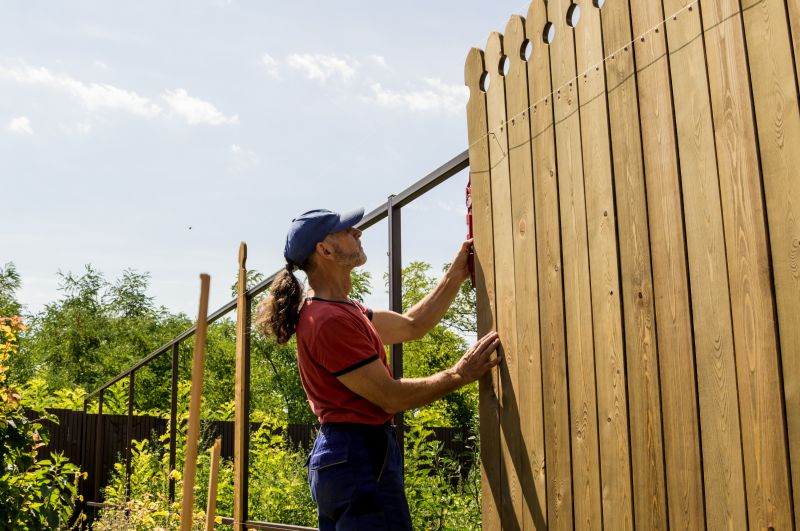
High-end options that actually feel worth it for Fence Repairs.
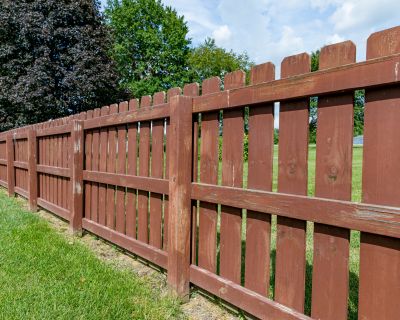
Finishes and colors that play nicely with Fence Repairs.
Weather conditions significantly influence the timing of fence repairs. Excessive rain can cause delays and damage materials, while extreme cold can make materials brittle and difficult to work with.
Performing repairs during suitable seasons can improve work quality, increase durability, and reduce costs associated with rework or additional repairs.
Cracks, leaning posts, and rotting wood are signs that repairs should be scheduled promptly for safety and longevity.
Assessing weather forecasts, gathering necessary tools, and inspecting the fence can ensure a smooth repair process.
| Season | Ideal Repair Conditions |
|---|---|
| Spring | Moderate temperatures, minimal rain, good for setting materials |
| Summer | Longer days, but watch for heat stress |
| Fall | Cooler weather, less rain, ideal for final repairs |
| Winter | Challenging due to cold, snow, and ice, generally avoided |
